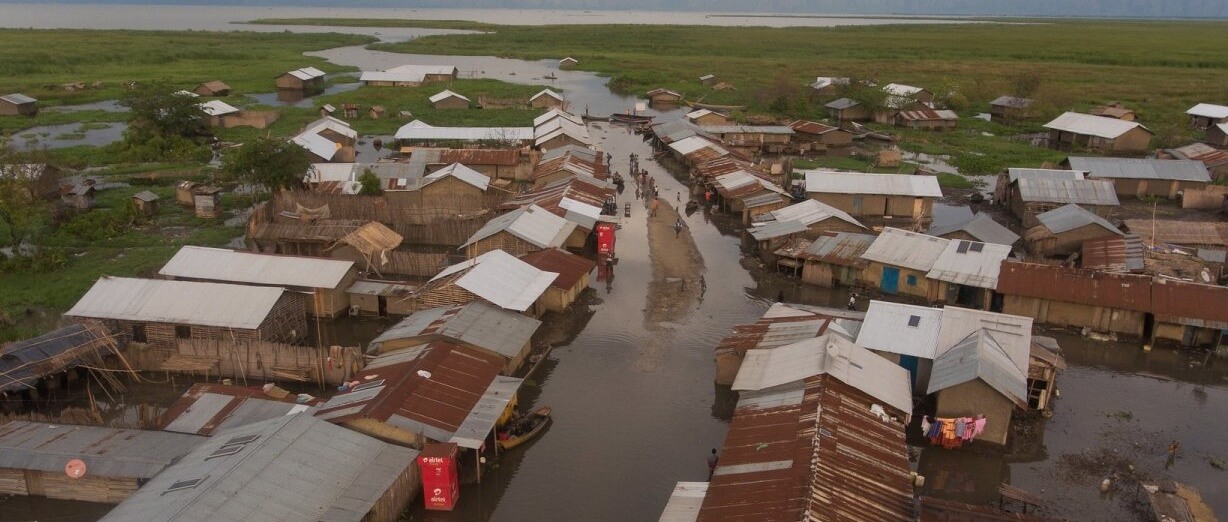
**Primary Driver of Climate Change**
Climate change, recognized as the pivotal challenge of our era, is largely propelled by human actions that have significantly transformed the Earth’s environment since the start of the Industrial Revolution. Among the numerous factors contributing to this global issue, the **combustion of fossil fuels** and alterations in **land usage** are the most impactful. Human endeavors have led not only to the release of greenhouse gases such as carbon dioxide but have also disrupted the equilibrium of natural ecosystems, intensifying the speed and severity of global warming.
### Human Role in Climate Change
The primary catalyst of climate change is **carbon dioxide emissions** generated by the combustion of fossil fuels including coal, oil, and natural gas. These sectors power everything from transportation networks to energy plants and manufacturing processes. Carbon dioxide, a long-lasting greenhouse gas, captures heat from the sun within the atmosphere, resulting in the so-called **greenhouse effect**. This retained heat disturbs the Earth’s energy equilibrium, elevating global temperatures and modifying climate systems.
Beyond fossil fuel consumption, **deforestation** and shifts in land use considerably worsen the situation. The clearing of forests releases sequestered carbon into the atmosphere, while agricultural expansion often substitutes oxygen-producing trees with practices contributing to emissions, such as livestock raising. Collectively, these acts diminish the planet’s capacity to absorb carbon dioxide, allowing the gas to accumulate to perilous levels.
### Greenhouse Gases Beyond Carbon Dioxide
Although carbon dioxide is the primary offender, other greenhouse gases, including methane and nitrous oxide, also contribute significantly. Methane, for instance, is emitted from livestock, rice fields, and waste disposal sites. It is substantially more effective than carbon dioxide at trapping heat in the short term but has a shorter atmospheric lifespan. Nitrous oxide, released mainly through farming practices like the application of synthetic fertilizers, is another potent greenhouse gas. Despite their differing lifespans and heat-trapping effects, the combined influence of these gases enhances the warming impact created by human actions.
Interestingly, certain man-made substances, such as specific aerosols, can produce **temporary cooling effects** by reflecting sunlight away from the Earth. However, these brief impacts do not counterbalance the enduring heating induced by greenhouse gas emissions.
### Understanding Climate Change
Climate change denotes the **prolonged alteration in temperature, weather patterns, and environmental conditions**. It encompasses changes in averages, such as climbing global temperatures, as well as variability, including the heightened occurrence of extreme storms, droughts, and wildfires. Although the Earth’s climate naturally varies due to elements like volcanic eruptions or solar radiation, contemporary climate change is primarily fueled by sustained human-induced disruptions to the Earth’s energy equilibrium.
The natural equilibrium between incoming solar energy and outgoing heat radiation is crucial for preserving stable climatic conditions. However, human actions disturb this balance through the accumulation of greenhouse gases, deforestation, and changes in land use. Consequently, the planet endures not only warming patterns but also more pronounced fluctuations in extreme weather occurrences.
### Natural Influences vs. Human Contributions to Climate Change
Certain natural factors can affect the Earth’s climate over time, such as **volcanic eruptions**, **variations in solar output**, and changes in the Earth’s orbital pattern. For instance, volcanic eruptions can temporarily emit aerosols that reflect sunlight, leading to short-term cooling. Likewise, slight shifts in solar energy output have historically impacted long-term climate trends.
Nonetheless, current climate change is fundamentally different. The **rapid rise in greenhouse gas emissions since the Industrial Revolution** has far exceeded the natural influences on climate change. Studies indicate that human activity has a warming impact on the planet that is over **50 times greater than variations in solar radiation**.
### The Dominant Impact of Human Activities
The single most crucial factor in modern climate change is the ongoing **combustion of fossil fuels**. Unlike natural variability, the ramifications of human-induced emissions are cumulative and persistent. Carbon dioxide remains in the atmosphere for centuries, resulting in a compounding effect. With present emission rates, temperatures are anticipated to reach levels far beyond what any previous human civilization has known, potentially leading to catastrophic outcomes for ecosystems, economies, and societies worldwide.
### Widespread Consequences
The repercussions of human-induced climate change are profound. Rising global temperatures lead to **melting ice caps, rising sea levels**, and more severe **heatwaves**. Shifting weather patterns disrupt agricultural systems, create water shortages, and increase the likelihood of extreme weather situations such as hurricanes, wildfires, and droughts. These environmental shifts provoke significant social and economic ripple effects, including displacement, health crises, and destabilized economies.
### Strategies and Mitigation
Although the challenges presented by climate change loom large, actionable solutions are available. Reducing dependency on fossil fuels and shifting to **renewable energy sources** such as solar, wind, and geothermal energy are vital measures toward moderating the pace of climate change. Reforestation and the conservation of natural ecosystems can aid in curbing emissions and